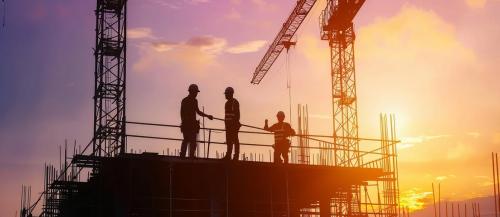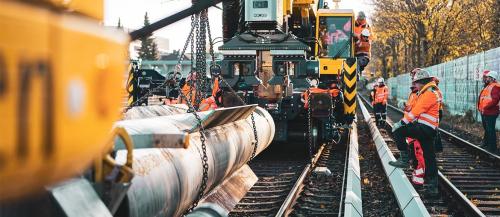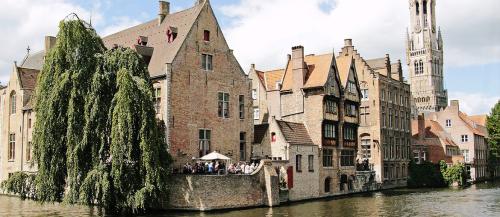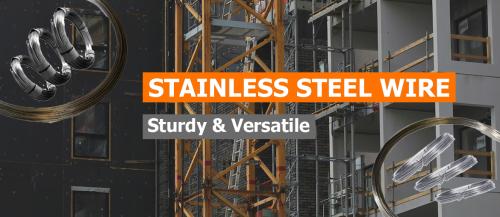Some buildings hold immense cultural and historical value, but unfortunately, these older buildings come with an environmental price tag. Many older structures across the UK consume excessive energy due to their poor heating systems and insulation. Retrofitting has become a popular practice in the UK by offering a way to upgrade existing structures without needing to demolish and completely reconstruct them. The actions carried out from retrofitting also help old buildings reduce their energy usage, become more comfortable to reside in, and ensure that they comply with modern standards.
What is Retrofitting?
Retrofitting refers to modifying existing buildings to improve their energy efficiency and make them compliant with modern standards. It involves adding new features or technologies to structures that were originally built without energy-efficient solutions in mind. Retrofitting can range from small-scale changes, like installing energy-efficient windows or insulation, to large-scale overhauls, such as adding renewable energy sources like solar panels.
Why is Retrofitting Important?
In the UK, approximately 80% of the buildings that will exist in 2050 have already been built. This makes retrofitting essential for reducing energy use and meeting the government’s carbon reduction targets. Older buildings were not designed to meet modern energy standards, which means that they often waste energy through inefficient heating systems, poor insulation, and outdated windows.
Without retrofitting, many of these older buildings would require excessive energy to maintain, which wouldn’t align with the UK’s goals to become greener. However, retrofitting them can extend their lifespan whilst also making them more sustainable by today’s standards.
Along with helping the environment, retrofitting also offers a wide range of benefits for property owners and occupants, such as:
- Energy savings: upgraded insulation, energy-efficient windows, and modern heating systems can lower energy bills by up to 50%.
- Comfort: improved insulation and heating systems can create a more comfortable indoor environment by maintaining a consistent temperature year-round.
- Property value: retrofitting can increase the value of a property, as energy efficient buildings can command significant price premiums.
- Extended building lifespan: retrofitting can also help prevent the need for demolition and new construction by keeping older buildings functional and relevant in the modern world.
What are the Key Methods of Retrofitting?
There are several retrofitting methods that can be used to improve the energy efficiency of older buildings. Some effective methods include:
- Insulation: adding insulation to walls, roofs, and floors to prevent heat loss.
- Energy-efficient windows: replacing old single-pane windows with double or triple glazing to reduce drafts and heat loss.
- Renewable energy systems: installing solar panels or heat pumps to generate clean, renewable energy.
- Smart heating systems: using modern heating systems with smart controls to optimise energy use.
What are the Challenges of Retrofitting?
Whilst retrofitting offers many benefits, it is not without its challenges. There are several obstacles that can hinder, or in some cases, prevent retrofitting from being carried out. Here are some of the most common challenges:
- Cost: the initial investment can be quite high, with an SDL survey revealing the minimum cost to be £38,000, and the average being £69,000. The cost is likely to be even higher for extremely old buildings that require significant upgrades.
- Planning and regulation: many older buildings in the UK are listed or located in conservation areas, which means there are restrictions to what changes can be made.
- Technical difficulties: retrofitting old buildings can be complex, as they usually haven’t been designed with modern materials or technologies in mind.
The Role of the Government in Retrofitting
The UK government has introduced several incentives and regulations to encourage retrofitting, particularly in the residential and commercial sectors. For instance, the government has recently announced a VAT reduction for home energy retrofits from 20% to 0% for specific energy-efficient home improvements such as solar panels. Another incentive includes Green Loans, which can be used to help fund green projects such as retrofits. These loans can come with flexible repayment schedules, and even waived fees. One regulation for retrofitting involves the Great British Insulation Scheme 2023, which promises the installation of insulation amongst low-income and vulnerable households. The scheme works by placing an obligation on medium or large energy companies to deliver measures that result in reduced energy usage.
Final Thoughts
Retrofitting is becoming a major part of the UK's strategy to meet its environmental targets and create more energy-efficient buildings. Whether you're a homeowner, a builder, or simply interested in sustainable living, retrofitting offers a practical solution to the challenges of modern energy standards.
Get your Insulation Products from BS Fixings
Here at BS Fixings, we have a large collection of insulation fixings which you can use if you’re planning to retrofit an old building. We offer pins and screws that can be used to firmly fix insulation in place, as well as disc stress plates, which help distribute loads evenly when securing roofing insulation. Tape and adhesives are also available, which can be used along with our fasteners for optimal insulation. Discover our range of insulation fixings today, or visit our website to look at our full stock. If you have any questions, then feel free to contact us on 03330 117818 or email info@bsfixings.co.uk.






